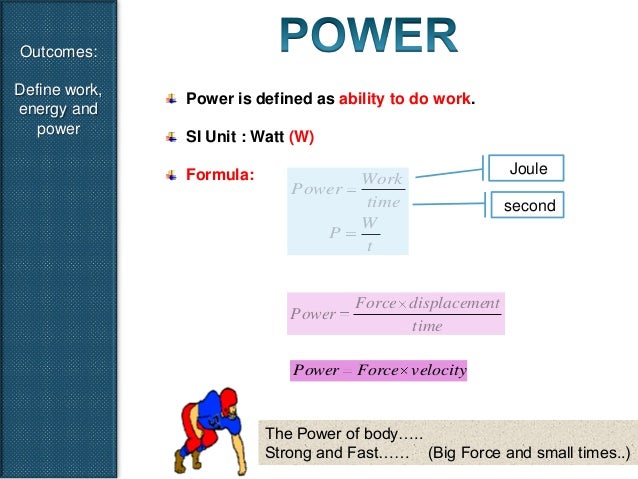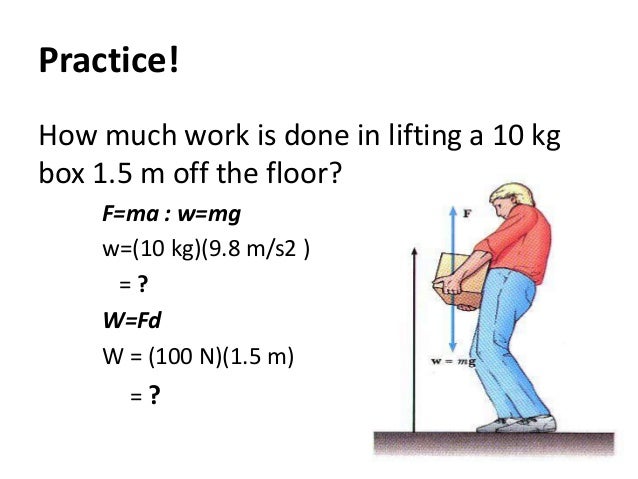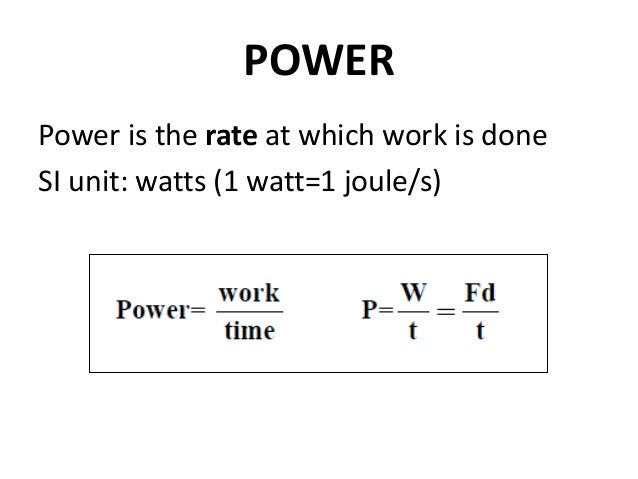

Next, let’s learn about the relationship between voltage, current, and resistance with Ohm’s Law. Inductors and capacitors are different for instance the voltage across an inductor is inductance times the rate of change of current with time. Complete step by step answer: In the question we are given. This should lay the foundation of understanding the basic terms needed to start solving circuits. Why are voltage and current directly proportional The simple answer is 'they are not' except for the basic case of a resistor. WVIT where W is the work done, V is the voltage, I is the current and T is the time. It’s the combination that creates the power. The greater the voltage, the greater the flow of electrical current (that is, the quantity of charge carriers that pass a fixed point per unit of time). Voltmeter is used to measure the value of voltage by. Measuring Instrument: Ammeter (Ampere-meter) is used to measure the value of current by connecting in series. Voltage is the cause of current (being an effect). Or water spilling out of a cup on a table may have flow but there’s no potential behind it to do any work. Voltage Work done / Charge: Cause & Effect: Current is the effect caused by Voltage. Much like a raindrop falling won’t create a usable amount of power, a huge voltage without any current won’t produce much power.

But if you have too little of one or the other, there isn’t much power. Or you can have a very large flow from a relatively low height create a lot of power. Going back to the water analogy, you can have a small flow from a great height produce a lot of power. But, given equal physical sizes, the battery can lift a box a total of 5,000 feet before running out of energy but a capacitor can lift a box a total of 300 feet before running out of energy.”Įlectric power, mathematically, is simply current times voltage, so is a factor of both flow and potential. Expanding on the box example and using some arbitrarily chosen numbers, what this means is that a capacitor can lift a box 100 feet in the air in one second, while a battery the same physical size can only lift a box 10 feet in the air in one second. “Batteries are more energy dense than capacitors but capacitors are more power dense than batteries. This is true for many materials, over a wide range of voltages and currents, and the resistance and conductance of electronic components made from these. The resistance of nichrome wire is 60 times more than that of copper wire. It may be 10 volts from the top to the bottom, but it’s also -10 volts from the bottom to the top, so v ab = -v ba. Work done or energy V × QQ is the amount of charge flowing between two. It makes even more sense when you realize that, since everything is relative, you can flip your perspective and invert the sign of the voltage. It may seem odd to do that sometimes but once you get some experience with circuits and electricity, negative voltages make a lot of sense. But then sometimes you get negative voltages, which just means that the electric potential at that point is below what we established as our “ground” potential. We typically assume that the lowest point is “0” or what we call “ground” as a reference. It is the same with voltage - when we talk about voltage, we’re talking about the electric potential between two points in relation to each other. But what if we dug a hole at the bottom of the hill and made the bottom even lower? Or what if there were a mountain next to the hill? The hill is lower than the mountain, so there is a potential between the mountain and the hill, much as the bottom of the hill is a higher potential than a hole dug at the bottom. When voltage causes electrons to move, work is done. For example, the top of the hill is obviously higher than the bottom of the hill. This is similar to the spring under tension that produced no motion. Calculate the power of such a lightning bolt.One final thing about voltage - note that difference between one potential and another is relative. $$I = \frac$$Īccording to the US National Weather Service, a typical lightning flash has a potential of about 300 million Volts (3 × 10 8 V) and carries about 30,000 A of current. Rearranging to solve for the current gives us That means we'll need a current of over 4000 Amps: It will be used at a potential of 240 V, so we'll transmit it at that voltage. Let's say that we generate one megawatt of electricity at a power plant and we want to transmit it 500 miles.

The idea of power loss in transmission over long distances is crucial here.

They're how we transport generated electricity over long distances to get to houses and businesses. You can see high-voltage transmission lines like this all over the world.


 0 kommentar(er)
0 kommentar(er)
